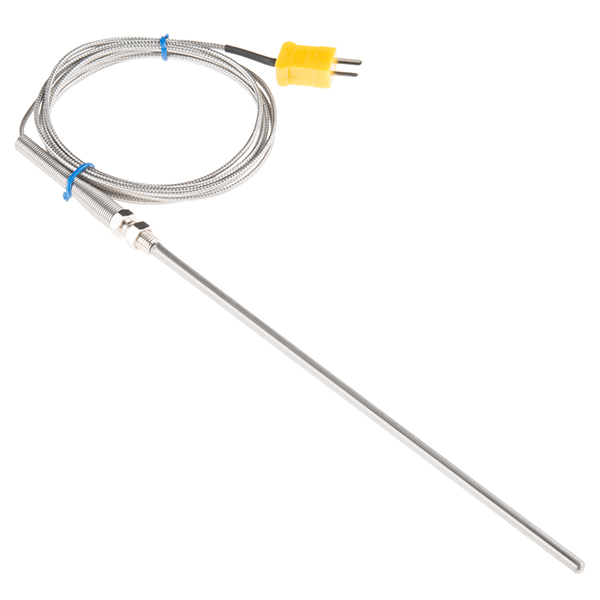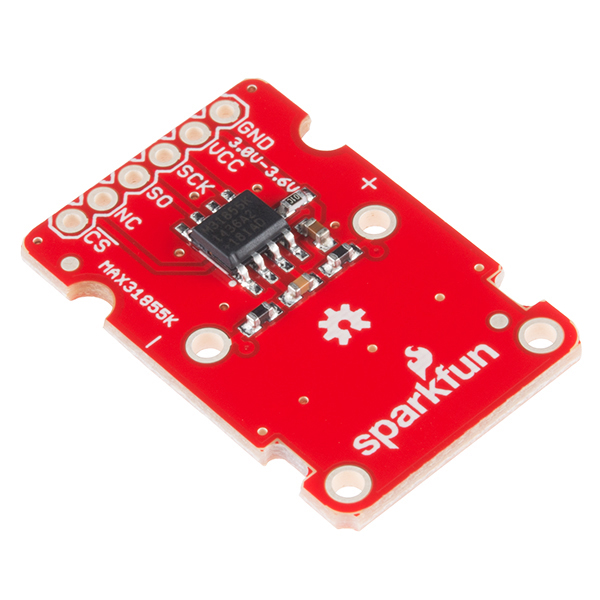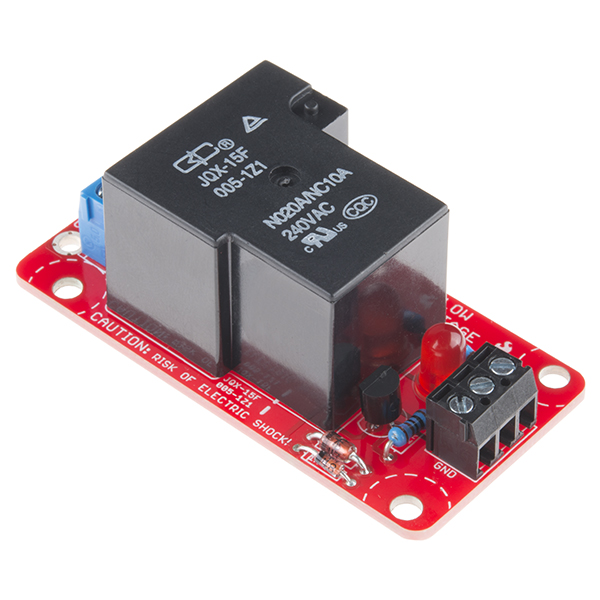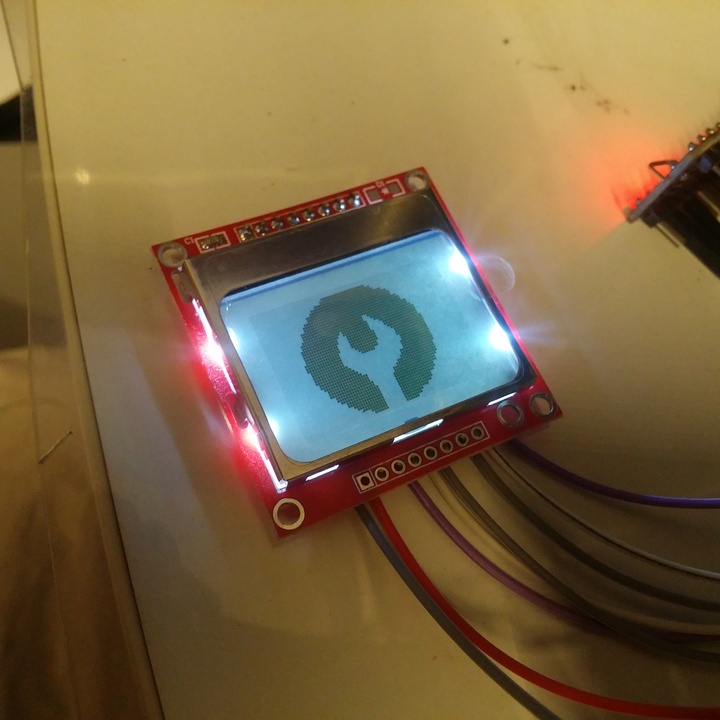DIY solder reflow oven - electronics
Part 1: Toaster
Part 2: Electronics
Part 3: Software
Part 4: Conclusion
In this second installment of the solder reflow oven series, I'll be going over the electronics that makes it work. The solder reflow oven can be split into 3 main sections.
Temperature Detection
The first section is the temperature detection. The temperature detection at this kind of high temperatures (around 250°C) requires the use of a thermocouple to work. This is because a thermistor doesn't work at high temperatures. The thermocouple I obtained was from SparkFun and was a type K thermocouple. As a typical microcontroller cannot directly read the output of this thermocouple, it is necessary to have an external circuit to process the thermocouple voltages. Fortunately, SparkFun also sells a MAX31855K breakout board which I also grabbed.


Heating Element Control
The second section is the control method. To manipulate the temperature inside the oven, we need to toggle the power to the heating elements. For this, most people use a SSR (Solid State Relay). However, since I had a spare Sparkfun Beefcake relay around, I used that instead.

User Interface
The user interface of any tool is very important. The ability to give information to the end user is especially important where the temperature of the system needs to be monitored very closely by both the computer and the human. For the interface, I went with a Nokia 5110 screen from SparkFun which works beautifully.

Logic Level Converters
Another issue is the microcontroller that you will be using. Any 3.3V microcontroller will be unaffected but if you plan to use a 5V microcontroller, you are going to need a Logic level controller to shift the 5V to 3.3V. This is because both the thermocouple breakout and the LCD screen run at 3.3V.
SPI
Also one more thing to note, is how both the screen and the thermocouple use SPI. You have the option to use the Chip Select to switch between the two like SPI was intended to do or you could implement the soft SPI library that the thermocouple breakout comes with.
Coming up...
In the next instalment, I will talk about my full implementation with pictures of internal wiring and organisation. I will also be providing code for whoever needs it.